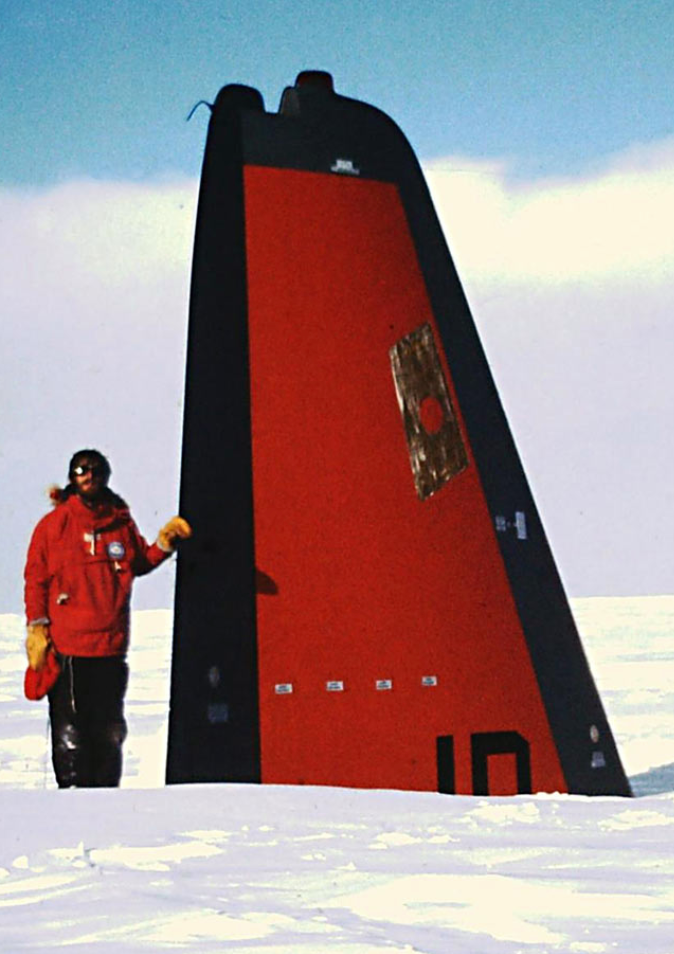
They don’t make them tougher
Last year I was in Antarctica courtesy of Antarctica New Zealand and to get there we flew 7 hours in a U.S. Air National Guard, ski-equipped C-130 Hercules aircraft.
They are fairly noisy, not overly comfortable, but stable, reliable and an all-round tough aircraft. Not bad for a plane that first entered service in 1956.
They are the workhorse of a number of national Antarctic programmes and have been for many decades, but just to demonstrate how tough they are I thought I would share this story.
In 1971, an LC-130 Hercules from McMurdo Station was making a resupply to a French expedition that was on a traverse to the Russian Vostok base. After the successful resupply the plane took off again, but when it was only 15 metres off the ground they fired their Jet Assisted Take-Off (JATO) rockets (they didn’t need to but simply decided to test them because they hadn’t been used in years).
Unfortunately, the two rockets on the left-hand side of the aircraft broke free of their mounts. One of the rockets shot forward and destroyed one of the left-hand engines and its propeller, sending pieces of propeller through the aircraft fuselage and into the second engine’s propeller on the left-hand side.
So now they had no propulsion on the left-hand side and massive thrust from two engines and two rockets on the right-hand side so the plane begins to pinwheel left. The left wing touches the ground and the plane comes down hard on the front ski, driving the hydraulics up between the pilot and co-pilot.
Luckily there is no fire, in spite of the JATO boosters continuing to burn on the right hand-side, and no-one dead. They were about 1300 km (800 miles) from McMurdo Station (the site is known as D-59) and the temperature was -73° C (-100 F).
They radioed McMurdo for a rescue aircraft but a blizzard blew in and they had to camp out for 4 days till it abated. The plane was considered a complete loss, and when the rescue aircraft arrived any useable parts were removed and the plane abandoned to the ice and snow.
The LC-130 would sit there covered in snow (only the tail’s vertical stabiliser was visible) for the next 17 years. In 1988 the U.S. Government needed more Hercs for Antarctica and it was considered more economic to salvage the old plane rather than buy a new one ($10 million instead of $38 million).

The planning and recovery took three years. Initially, a salvage team worked 7 days a week for a month to dig the plane out of its covering of 9 metres (30 feet) of snow. Next, a new team flew in to remove the four engines and three propellers and returned them to the U.S. for refurbishment. They also repaired the fuselage and the whole process took five weeks in difficult weather conditions.
In 1988 the aircraft was certified airworthy and, after a short test run, the plane, along with an escort aircraft, was flown back to McMurdo Station. From there it went to Christchurch, then back to the U.S.A. for final repairs.
It’s still flying today. Not bad for a plane buried in snow for 17 years.

